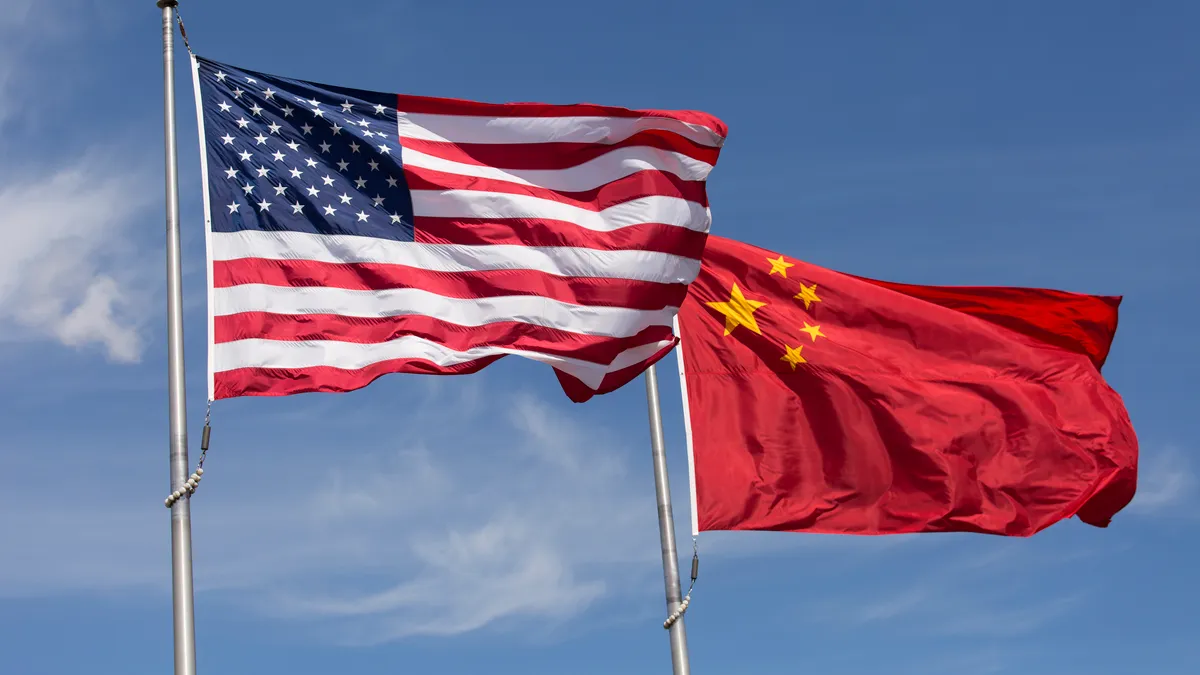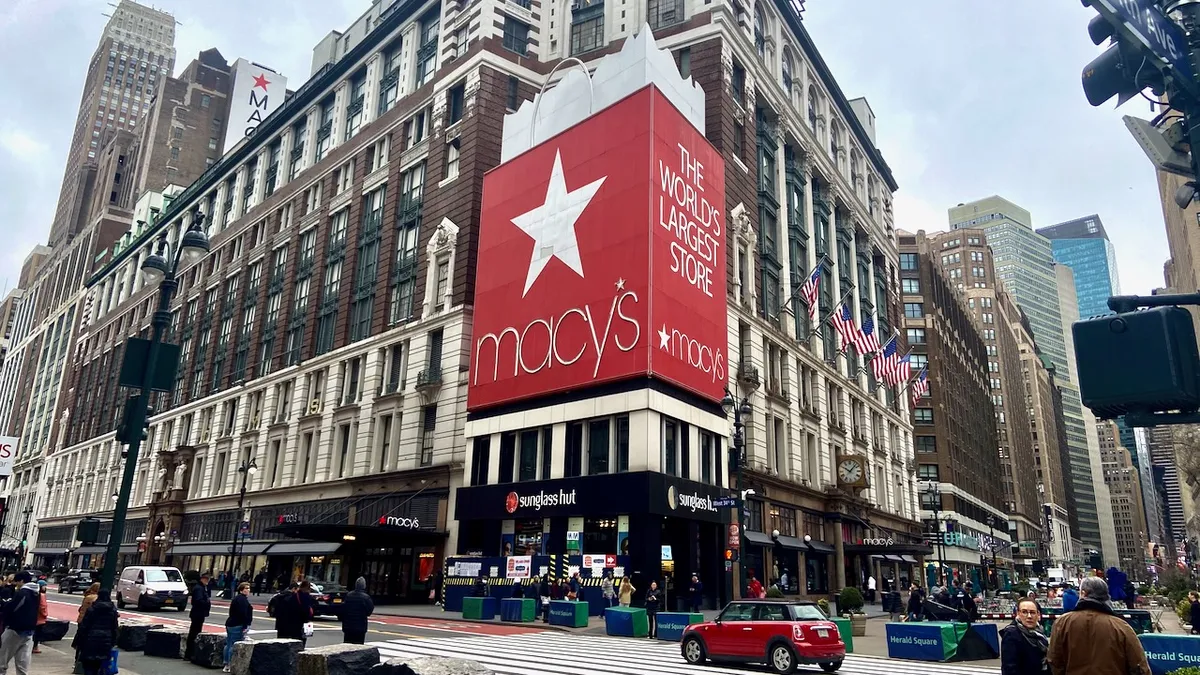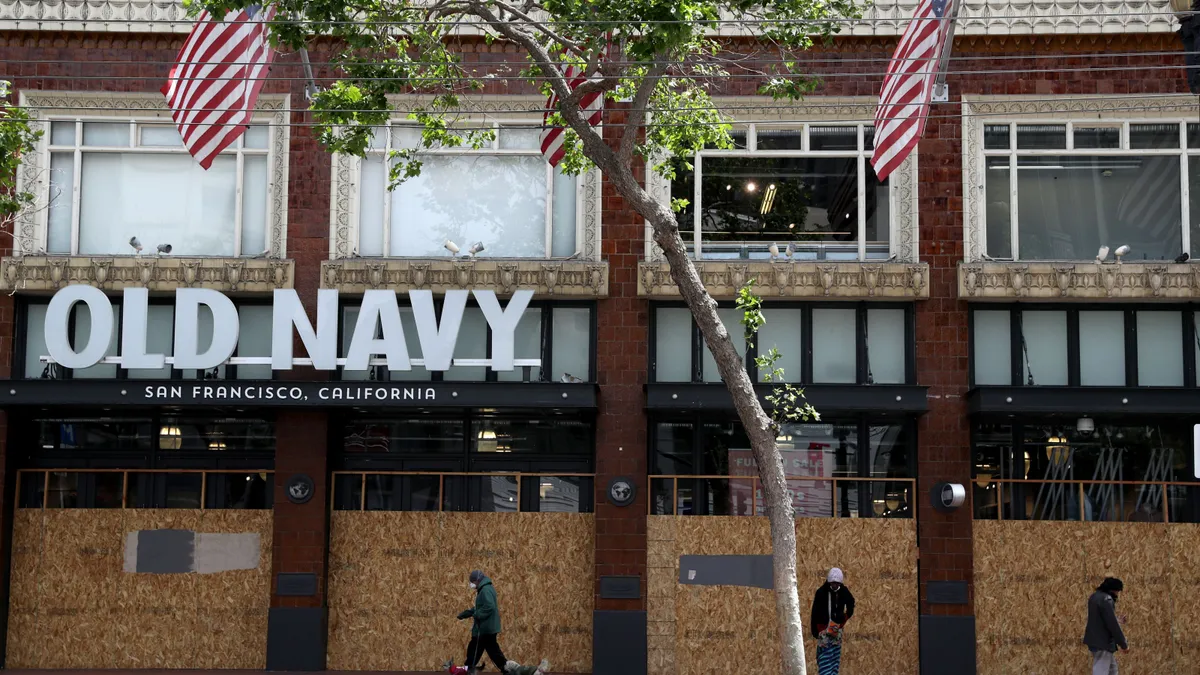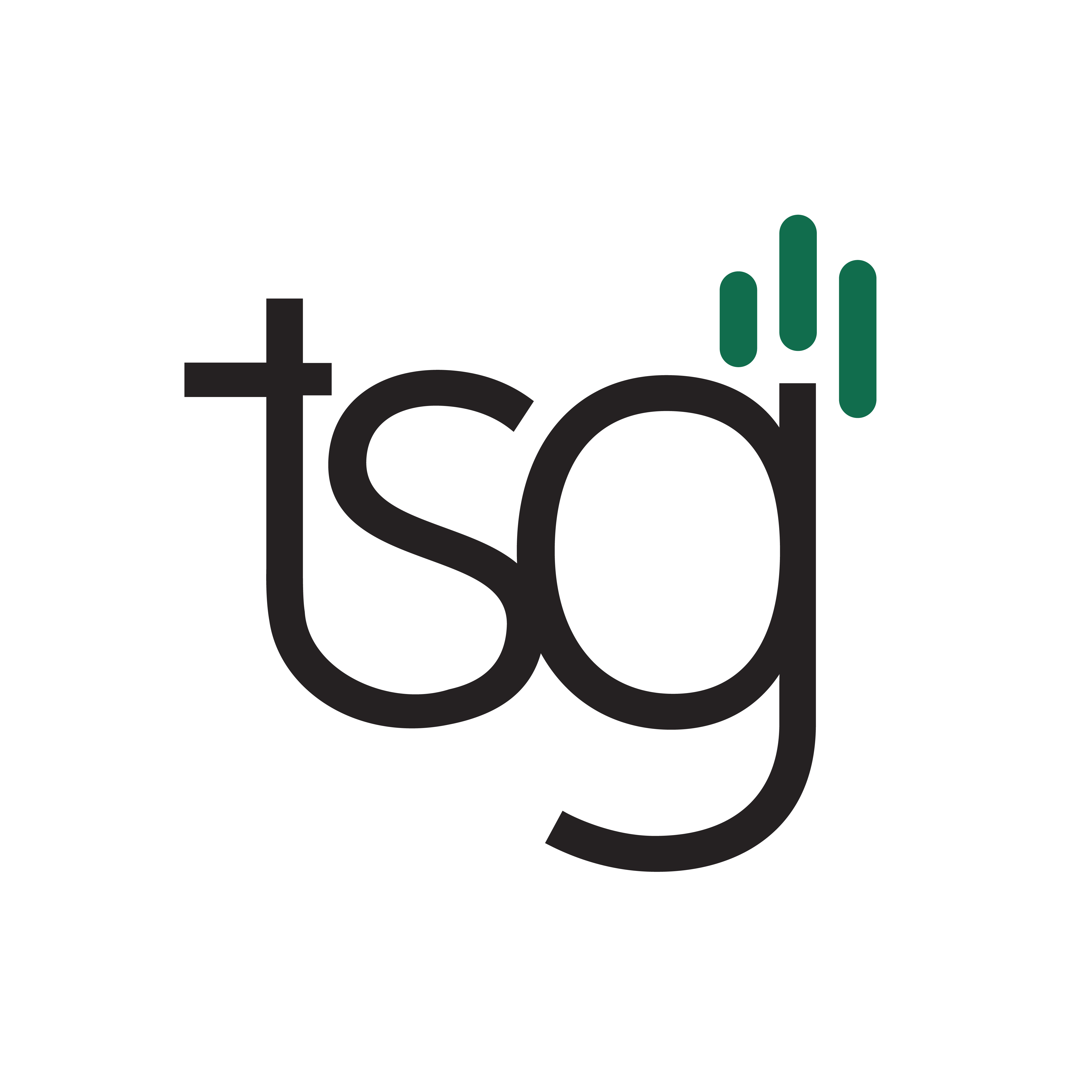The U.S. is extending its pause on additional retaliatory tariffs for imports from China until Nov. 10, according to an executive order signed by President Donald Trump on Monday.
The order said the extension is appropriate following “significant steps” from China on addressing U.S. trade concerns in ongoing discussions between the two countries.
Since May 14, the U.S. has been charging many imports from China an extra 30% duty. That rate — a combination of 20% tariffs tied to fentanyl trafficking and a 10% baseline reciprocal tariff — came as the two countries agreed to pause duties imposed as part of a tit-for-tat tariff escalation for 90 days. The pause was originally set to expire Aug. 12.
Under the May agreement, China reduced the 34% tariff rate it enacted in April to 10% and removed other retaliatory duties. The country's Ministry of Finance announced Tuesday that it would maintain this rate for 90 more days.
The latest extension comes after officials from the two countries met last month in Stockholm, Sweden, for trade talks. Treasury Secretary Scott Bessent told CNBC on July 29 that an extension discussed in Stockholm was pending Trump’s approval, as the president “has final say on all the trade deals.”
“We’re just going to give him the facts, and then he’ll decide,” Bessent said.
In June, the U.S. and China announced they had agreed to a framework of a deal pending the OK of Trump and Xi Jinping, China's president. Trump said at the time that the proposed deal would see the U.S. levy a total of 55% tariffs on China-based imports, while China would maintain a 10% duty on products arriving from the U.S.
China remains a critical manufacturing hub for many supply chains even amid efforts to diversify sourcing away from the country in the face of trade uncertainty. In 2024, China accounted for 10.9% of U.S. trade activity, per U.S. International Trade Commission data. The U.S. had an approximately $295-billion trade deficit with the country last year, the largest it had with any trading partner.
The extension comes days after the Trump administration reinstated country-specific reciprocal tariffs on a large swath of trading partners, with many of the rates differing from those first announced by Trump in April.













